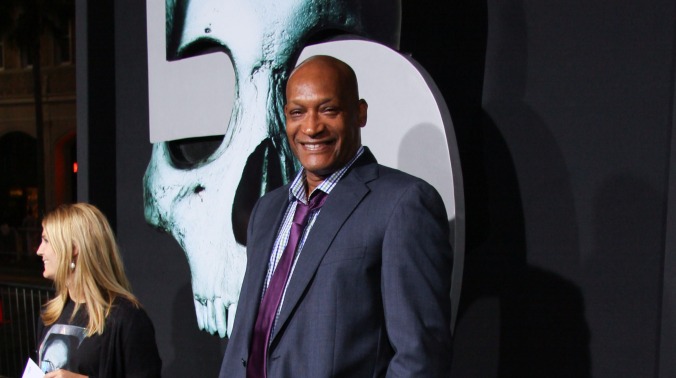The original Final Destination was even grimmer than what we eventually got

Photo: Paul Archuleta/FilmMagic
Final Destination turned 20 years old this week, celebrating two decades of increasingly ludicrous Rube Goldberg machines orchestrated by the unseen hand of an extremely industrious Death, busting its unseen ass in an effort to even up its books. But while the series—varied in quality as it is—is certainly dark, it turns out it could have been a whole hell of a lot darker. That’s the biggest takeaway from a recent oral history of the series, conducted by Consequence Of Sound, which talked to creator Jeffrey Reddick about his original vision for the first film, which turns out to have been way heavier on the always-fun topic of teenage suicide.

 Keep scrolling for more great stories from The A.V. Club.
Keep scrolling for more great stories from The A.V. Club.